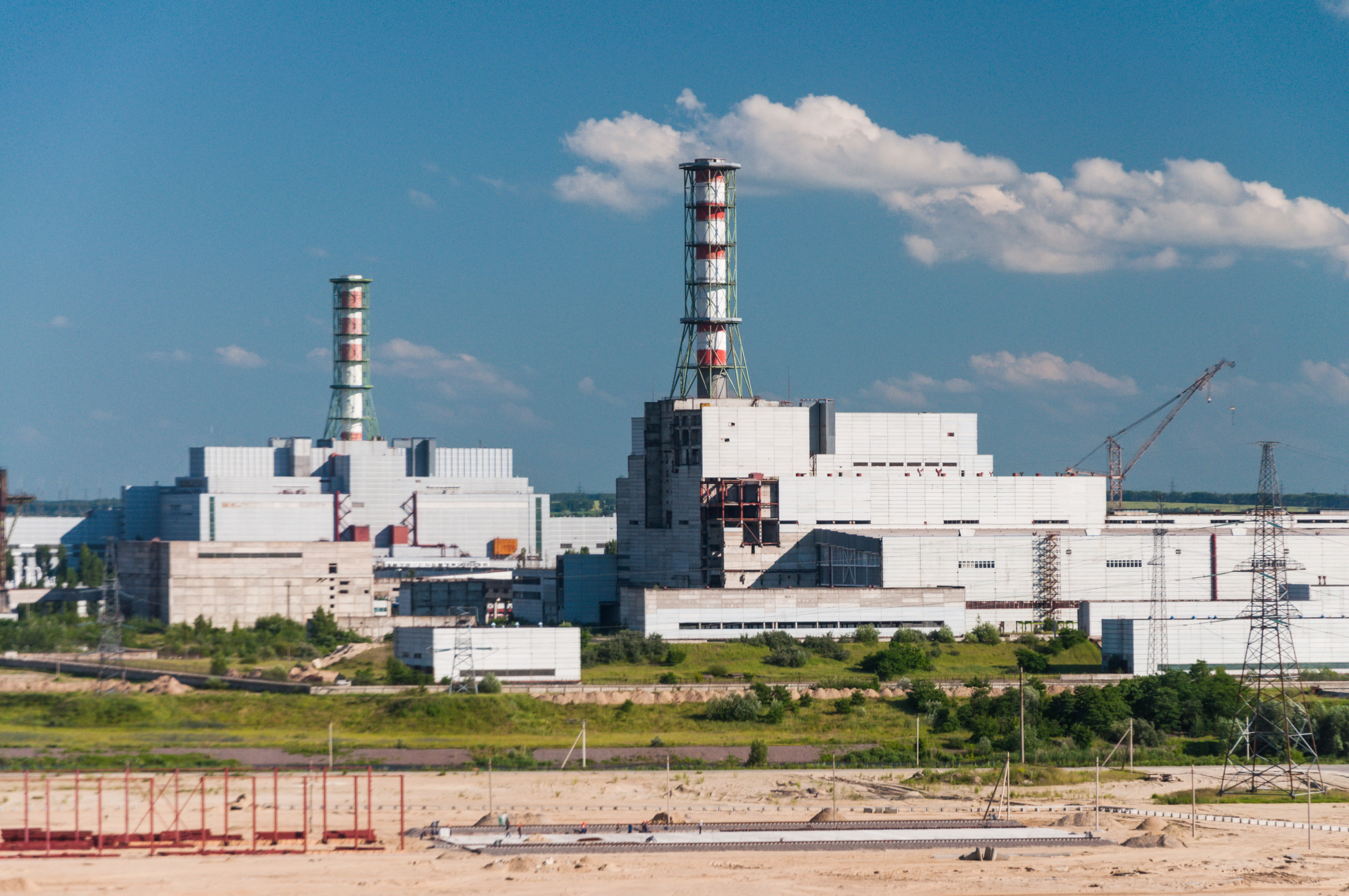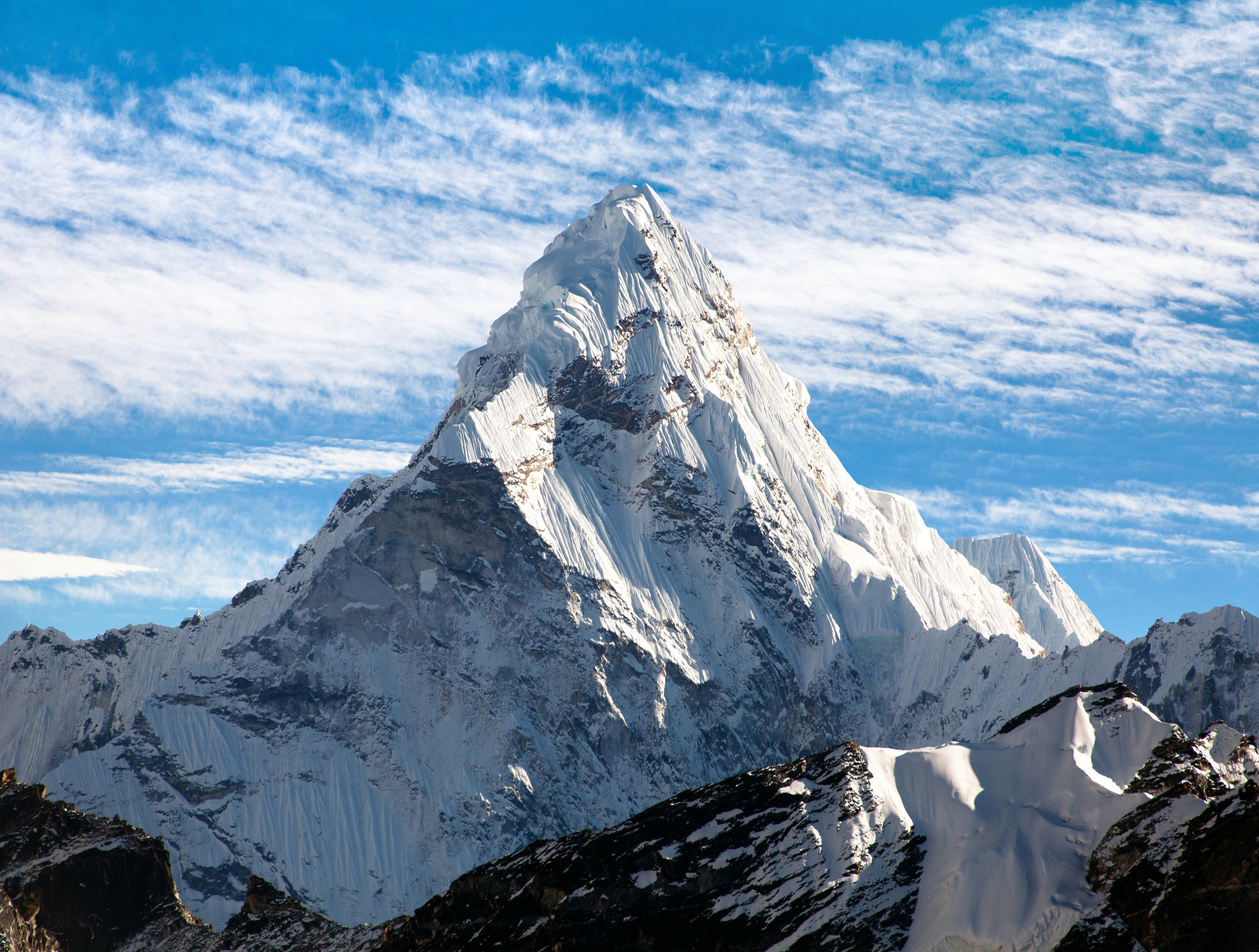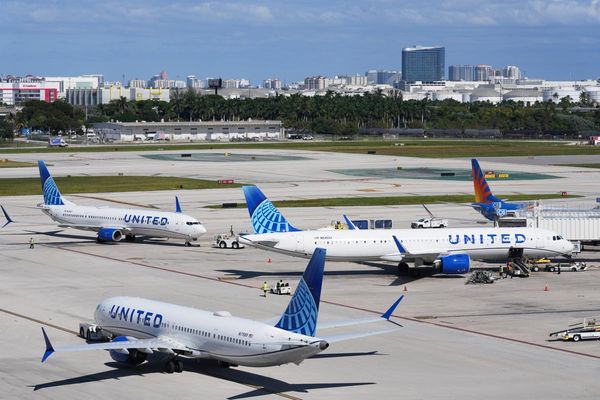
Travel has long been a source of inspiration, self-discovery, and cultural connection. From the ancient ruins of long-lost civilizations to untouched slices of nature, every destination carries a story. But not all stories are welcoming or uplifting. Some places, once adored by tourists, have become scenes of tragedy, danger, or political turmoil. The following destinations, once considered dream vacations, are now cautionary tales—off-limits for reasons that are as haunting as they are eye-opening.
1. North Sentinel Island – Where Outsiders Are Met With Arrows
Located in the Andaman Sea, North Sentinel Island is home to the Sentinelese tribe, one of the last uncontacted peoples on Earth. The Indian government has strictly prohibited any attempts to visit, not just to protect the tribe from outside diseases, but also to ensure the safety of outsiders. Those who have approached have often been met with lethal force, as the tribe has made it abundantly clear they want no contact. In 2018, an American missionary’s fatal visit reignited global debates on cultural boundaries and ethical exploration. The island remains one of the few places where stepping foot on the beach is truly a matter of life or death.
2. Fukushima, Japan – A Radiated Reminder of Nature’s Power
After the devastating 2011 earthquake and tsunami, the Fukushima Daiichi Nuclear Power Plant suffered a catastrophic meltdown. The surrounding area became contaminated with radiation, displacing thousands of residents and creating an exclusion zone that remains partially uninhabitable. While some nearby regions have slowly reopened, large swaths of Fukushima remain too dangerous for human life. Wildlife has returned in eerie abundance, but Geiger counters tell a sobering story for anyone tempted to enter. Despite cleanup efforts, the long-term consequences of the disaster have rendered this part of Japan a modern ghost zone.
3. Chernobyl Exclusion Zone, Ukraine – Now Haunted by War
For years, the Chernobyl Exclusion Zone served as a grim, but oddly popular, dark tourism site. That changed in 2022 when the Russian invasion of Ukraine turned this radioactive relic into a battleground. Military activity stirred up radioactive dust, and the region became far too unstable for any form of tourism. What was once a carefully monitored zone for curious travelers is now tangled in conflict and environmental risk. The overlapping dangers of war and radiation have closed the gates indefinitely.
4. Syria – A Cradle of Civilization Consumed by Conflict
Syria was once celebrated for its ancient cities, stunning architecture, and rich history. Now, more than a decade of brutal civil war has reduced many of those sites to rubble and despair. From the Roman ruins of Palmyra to the bustling alleys of Aleppo, landmarks have been bombed, looted, and scarred by years of fighting. Ongoing instability, militant activity, and humanitarian crises make the country too dangerous for travel. Syria’s transformation from cultural gem to global warming is one of the most heartbreaking travel reversals in modern memory.
5. Bikini Atoll, Marshall Islands – A Paradise Poisoned by Nuclear Testing
Bikini Atoll is breathtaking from the air, with its azure waters and palm-fringed islands. But this remote Pacific paradise was the site of 23 nuclear tests by the United States during the Cold War, including one of the largest ever detonated. Radiation levels remain high, and while a small group of displaced residents have attempted to return, the atoll is far from safe. Contaminated soil and toxic fallout have turned this Eden into a silent warning about humanity’s destructiveness. No amount of sun or sand can erase its radioactive legacy.
6. Pripyat, Ukraine – A City Frozen in Time
Just a few miles from Chernobyl, the city of Pripyat was once a thriving community for nuclear plant workers and their families. The 1986 disaster forced its evacuation within hours, leaving behind schools with half-finished lessons, homes with uneaten meals, and amusement parks waiting for children who never came. While thrill-seeking tourists have visited in hazmat suits over the years, safety concerns and now war have made the area strictly off-limits. The city remains a post-apocalyptic tableau that speaks volumes without uttering a word. It is one of the most chilling reminders of how quickly normal life can disappear.
7. The DMZ, Korean Peninsula – A Sliver of Earth on the Brink
The Demilitarized Zone between North and South Korea is not just a border—it’s one of the most heavily fortified areas on the planet. While guided tours to certain observation posts have been allowed in the past, the growing tension between the two Koreas makes the area extremely volatile.
With thousands of landmines, watchtowers, and military personnel standing guard, the zone is both a physical and psychological scar. One misstep could ignite an international incident, making it one of the most dangerous strips of land in the world. It’s a place where peace hangs by a thread and tourism is no longer welcome.
8. Mount Everest Base Camp (Nepal Side) – Crushed by Crowds and Climate
Once a pilgrimage for the brave-hearted, Mount Everest has become a cautionary tale of overcrowding, commercialization, and climate change. In recent years, the base camp and routes have seen deadly traffic jams, frozen corpses, and tons of garbage left by climbers. The Nepalese government has begun restricting access, citing safety concerns and environmental degradation. Rising temperatures are also melting ice that once kept buried dangers hidden, exposing climbers to new risks. This sacred mountain is no longer just dangerous because of its height—but because of what humans have done to it.

9. Lascaux Caves, France – Closed to Preserve the Past
The Lascaux Caves contain some of the most extraordinary prehistoric art in the world, painted over 17,000 years ago. But the breath of curious visitors caused the growth of mold and fungi, threatening to destroy the ancient masterpieces. Authorities closed the original caves to the public in 1963 to prevent further damage, with only scientists allowed occasional entry.
Replica sites have been created for tourists, but the true cave remains sealed off to protect its fragile contents. In this case, the disturbing reason for restricted access isn’t violence or disaster—but the fragility of human history itself.
Stay Away from These Places in Order to Stay Safe
Some places on Earth are best left undisturbed—whether by choice, disaster, or necessity. These destinations tell stories not through tour guides or postcards, but through silence, danger, and absence. They’re reminders that travel is not just about where one can go, but where one shouldn’t. Whether it’s out of respect, safety, or preservation, these locations remain off-limits for reasons that cut deeper than any travel brochure could reveal.
Have thoughts on these destinations or know of others that are now inaccessible? Share your perspective or comment below—travel isn’t just about movement, it’s also about understanding.
Read More
The Worst New Travel Scams to Avoid in 2025
10 Vacations That You Should Never Take Alone
The post 9 Travel Destinations That Are Now Off-Limits for Disturbing Reasons appeared first on Everybody Loves Your Money.







